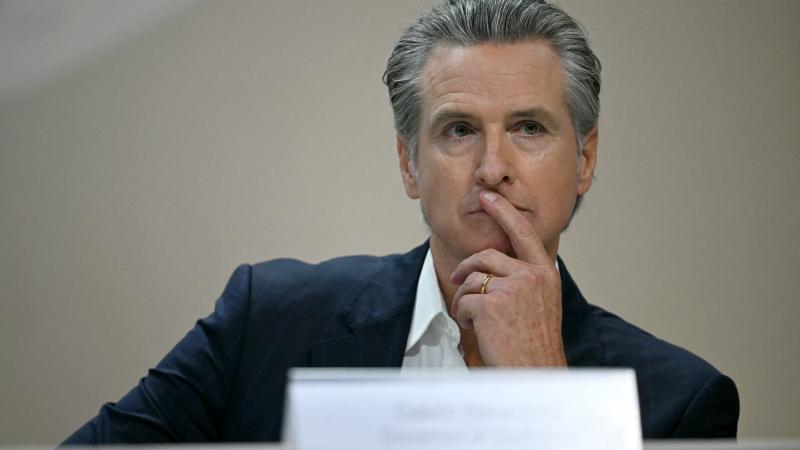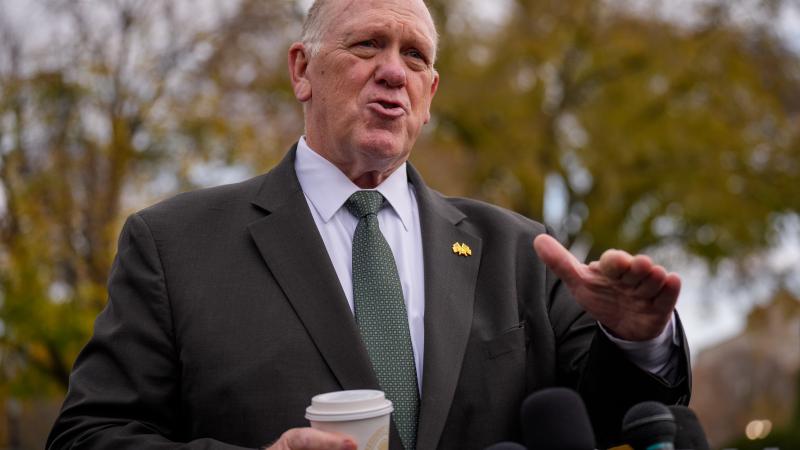Hurricane forecasts poised to be spectacularly overstated, raising doubt about climate science
With the hurricane season refusing to produce the “turbocharged” extreme weather so-called climate journalists have been warning about, these reporters are now worried that people will start to doubt the alarm.
Penn State celebrity climate scientist Michael Mann announced in April that his research group’s 2024 North Atlantic season forecast was expecting an “unprecedented” 33 named storms, with a range between 27 and 39. That prediction has turned out to be a dud.
With Hurricane Francine hitting the coasts Thursday, the total number of named storms only comes to six, making it one of the quietest hurricane seasons to date. The Atlantic hurricane season continues through Nov. 30. It’s possible, but highly unlikely, the season will produce 27 more named storms and make Mann’s prediction accurate.
“Scientists can make successful seasonal predictions based on the climate information they have, providing grounds for trust in longer-term climate predictions, particularly human-caused warming and its impacts,” a report on Mann’s forecast in the Penn State publication Penn Today explained.
In the politicized world of climate science, the science is supposed to be “settled.” Those who have doubts about climate change predictions are labeled deniers. So, failed forecasts have scientists eating crow.
Mann’s prediction received the usual media attention from a number of different outlets, making references to how warming oceans and climate change were fueling extreme weather events. Now with the hurricane season refusing to produce the “turbocharged” extreme weather climate journalists have been warning about, these reporters are worried that people will start to doubt the alarm. Mann is infamous for suing critics of his work for defamation.
The Washington Post noted that it’s the “longest stretch in more than half a century without a single late-summer cyclone.” Meteorologists, the Post reports, are “wrestling with confusion” and hoping they can still “protect delicate public trust.”
Universities, private entities, and government agencies make predictions every year on what the season may look like, including the number of hurricanes and major hurricanes. Mann’s Research Group wasn’t the only university entity whose models predicted an above-normal season.
Colorado State University (CSU) researchers are considered some of the most reliable forecasters, and they predicted the season would be “extremely active.” A tropical storm is named when its winds hit 39 mph or higher. When winds reach 74 mph, the named storm is classified as a hurricane. The CSU researchers predicted 20-26 hurricanes, and there have only been four.
The Barcelona Supercomputing Center hosts a chart of the various organizations’ forecast models for the season. There are different types of organizations, different model types, different forecast metrics, and different times of the season the forecasts are released.
Mann’s Research Group — marked as PENN on the Barcelona chart — stands out high above the others, but most models were predicting an unusually high number of named storms, including CSU. The same is true for hurricanes, though Mann’s group doesn’t have a separate forecast for hurricanes.
Research meteorologist Ryan Maue told Just the News that there are different approaches to modeling and different motivations. Universities and government entities, for example, are going to have different reasons for making forecasts than private companies. “Sometimes people put out the seasonal forecasts at certain times of the year for branding and advertising for their products,” Maue said.
Trying to come to some average across them all wouldn’t produce a useful metric, he explained. It would be like an election forecaster weighting all polls the same. Polls are done with different questions, from different groups with different agendas, different sample sizes, and different margin of errors.
Mann's Research Group openly posts their past forecasts and how they hold up to the actual counts. Where they’ve been off, it’s usually because they were too low. In 2021, 2022, and 2023, the group’s forecast range for the number of named storms was accurate. In 2020, there were 30 named storms, and the team projected 15-24. Same with 2019 — they predicted 7-13, and there were 18.
Phil Klotzbach with CSU published a 30-page examination of why the CSU forecast doesn’t appear to be panning out. Klotzbach still predicts an above-normal season with more activity appearing the middle of September.
“I would entertain an argument that something about the Atlantic has changed. It's maybe warmed to the point where the Atlantic warmth compared to the rest of the tropics, that difference has decreased. And it's more difficult to produce tropical cyclones like that,” Maue proposed.
These predictions are used in all kinds of ways. They help people who live on the coasts to prepare. They help the insurance industry. They help energy markets, as a lot of U.S. refining capacity is on the Gulf Coast.
“This is very important work, and the more eyes on it, the better,” Maue said.
Climate science is full of uncertainties and nuance, so it’s not surprising that forecasting complex models is a difficult process with a lot of trial and error. Perhaps if climate scientists were focused on improving models than fighting “deniers,” inaccurate forecasts would be widely accepted as part of the process.
Just the News reached out to Mann for comment, but didn’t receive a response.
The Facts Inside Our Reporter's Notebook
Links
- announced in April
- Penn Today explained
- settled
- labeled deniers
- usual media attention
- number of different
- outlets
- turbocharged
- suing critics
- Washington Post noted
- Mannâs Research Group
- predicted the season
- hosts a chart
- same is true for hurricanes
- openly posts their past forecasts
- examination of why the CSU forecast
- Climate science is full of uncertainties and nuance
- fighting
















